oldopelguy said:As I tried to describe earlier there are a couple of different strategies for using vacuum to affect timing. As you described, manifold vacuum gets numerically lower (closer to zero) at wot while under load. Simultaneously a vacuum signal generated by flow through the carb venturi would be at it's peak under the same conditions. On some cars there is yet another carb vacuum signal taken just above the throttle blade but below the restriction of the venturi and it most closely matches vacuum in the manifold at open throttle when manifold vacuum drops, but at partial throttle it works similar to flow in that as the blades open more vacuum is felt at the port.
All three of those types of signals can be used to modify a baseline rpm based timing established by the springs and weights in the distributor, but to end up at the same place would require different baseline curves. That is why sometimes you get well meaning advice from someone who is earnestly convinced that they understand how the distributor works and how you should hook it up and it can be completely wrong for your application. That is also why most procedures for setting the timing have the first step of " disconnect and plug vacuum line to distributor." Type of configuration is based on year and philosophy in place at the time and will dictate where to hook up the vacuum modifier, but once that is figured out you set baseline without the modification.
If I'm wrong, please let me know, but doesn't the vacuum amount get numerically higher the closer you get to WOT since vacuum would be negative? E.g. 1 bar of vacuum would be -14.7PSI while 1 bar of boost would be +14.7PSI?
The reason I'm thinking this is that a lot of diesels don't have a throttle plate because your go pedal only adjusts the quantity of fuel being injected and they need additional vacuum pumps for things like the brake booster. The only flap in the intake track is an anti-shudder valve for shutdown that some people delete but a lot keep because it's helpful in a runaway situation. I'm just going off my knowledge of TDIs since I don't have any hands-on experience with other diesels.
I actually think the same holds true with a BMW with VANOS.
Those museum pictures are just pure automotive pr0n at this point. I've always had a soft spot for Futurliners and other cars from the 30s-60s when styling was exuberant and interesting.
If someone were to offer a modern version of that Scout III prototype with, say, a lovely turbodiesel and true 4WD, I'd be all over that like white on rice.







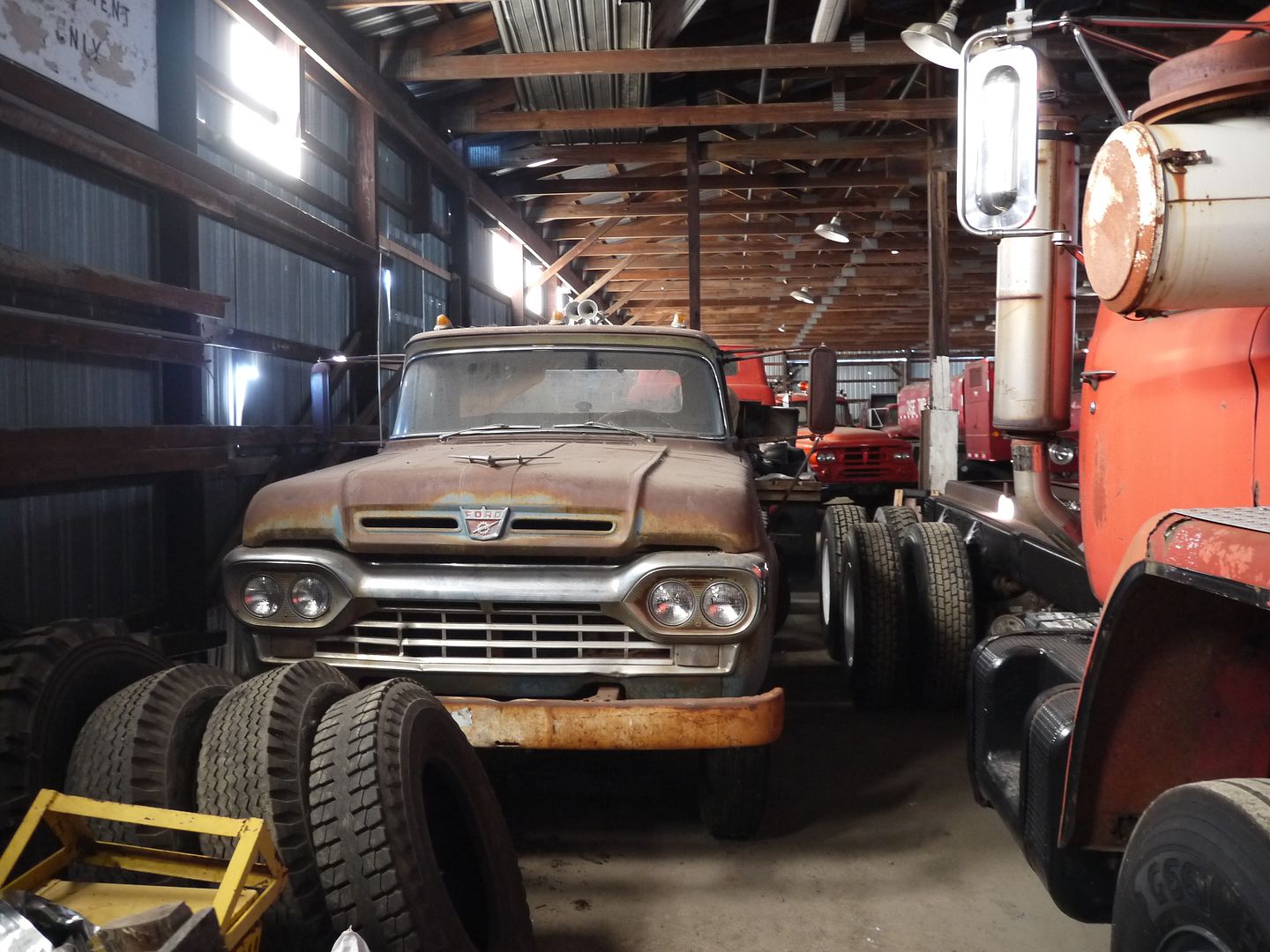

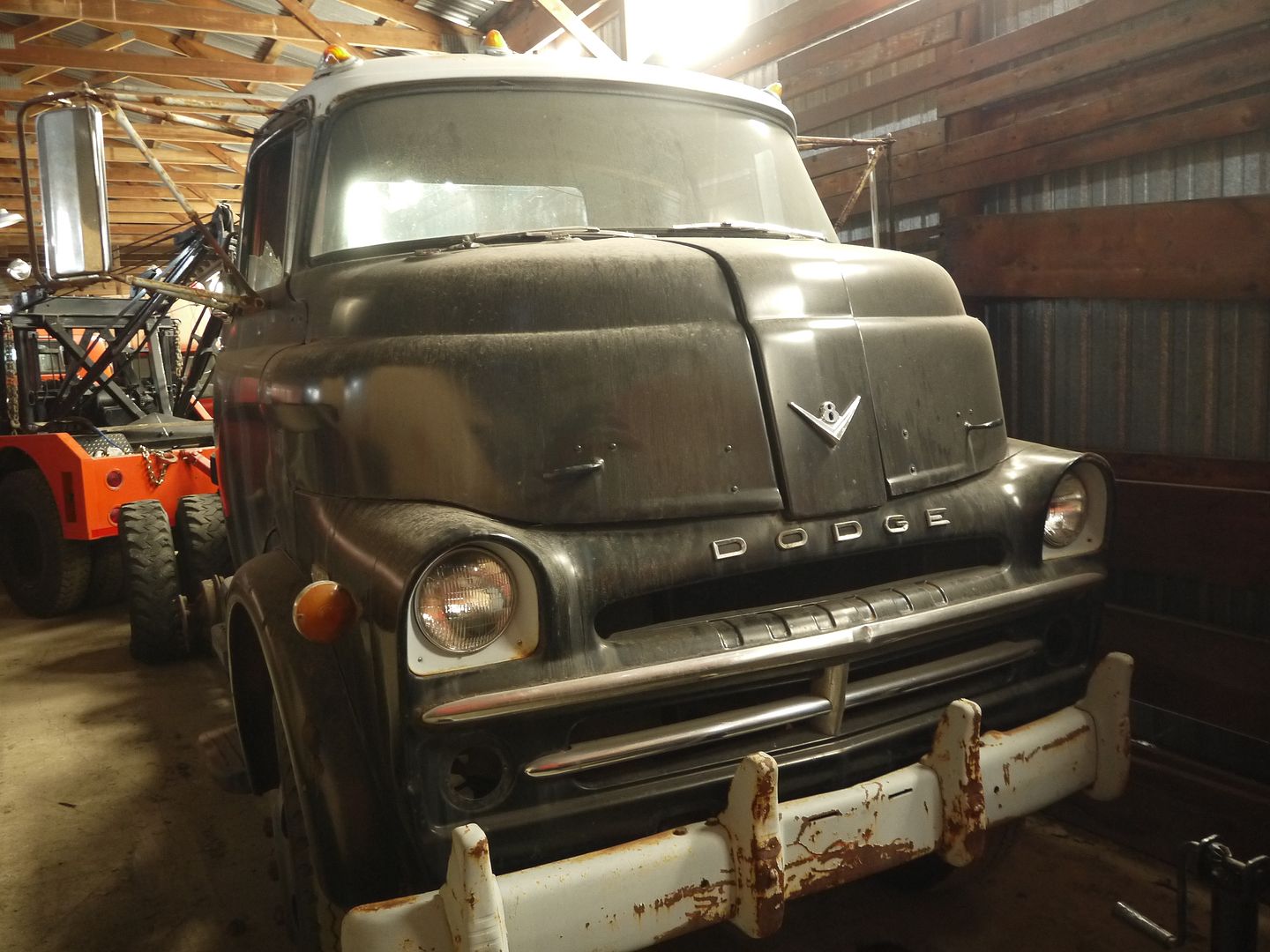

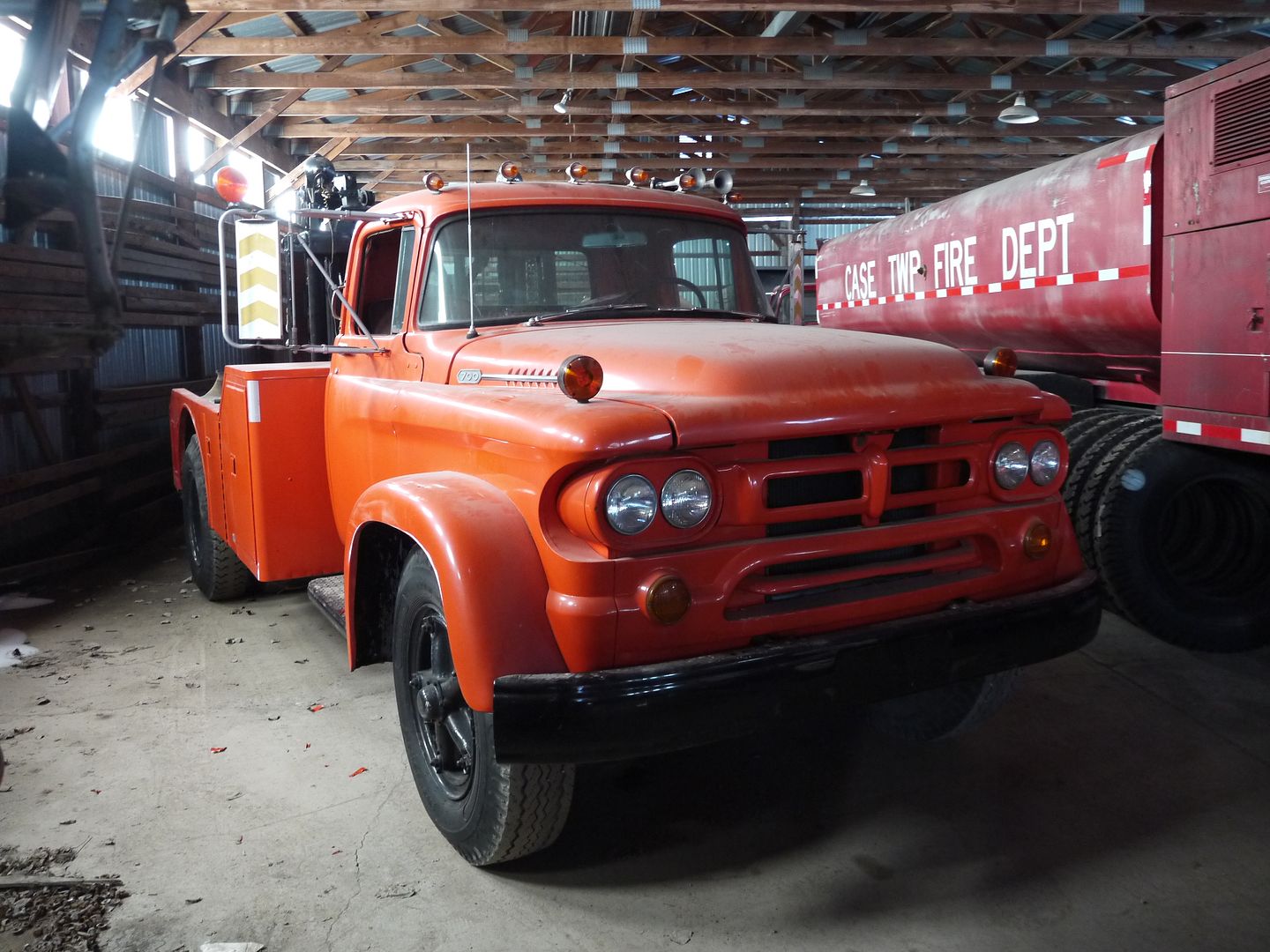







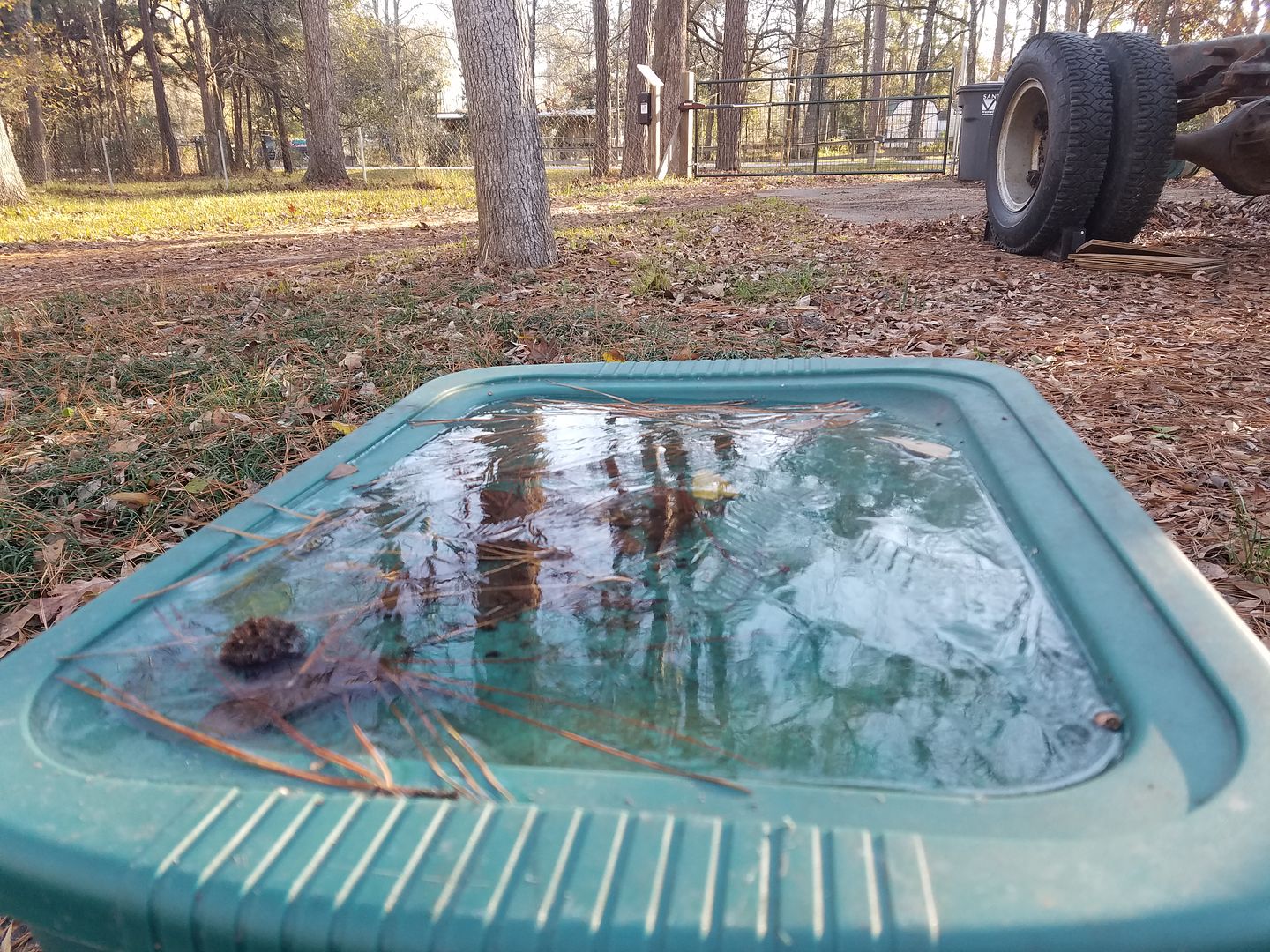


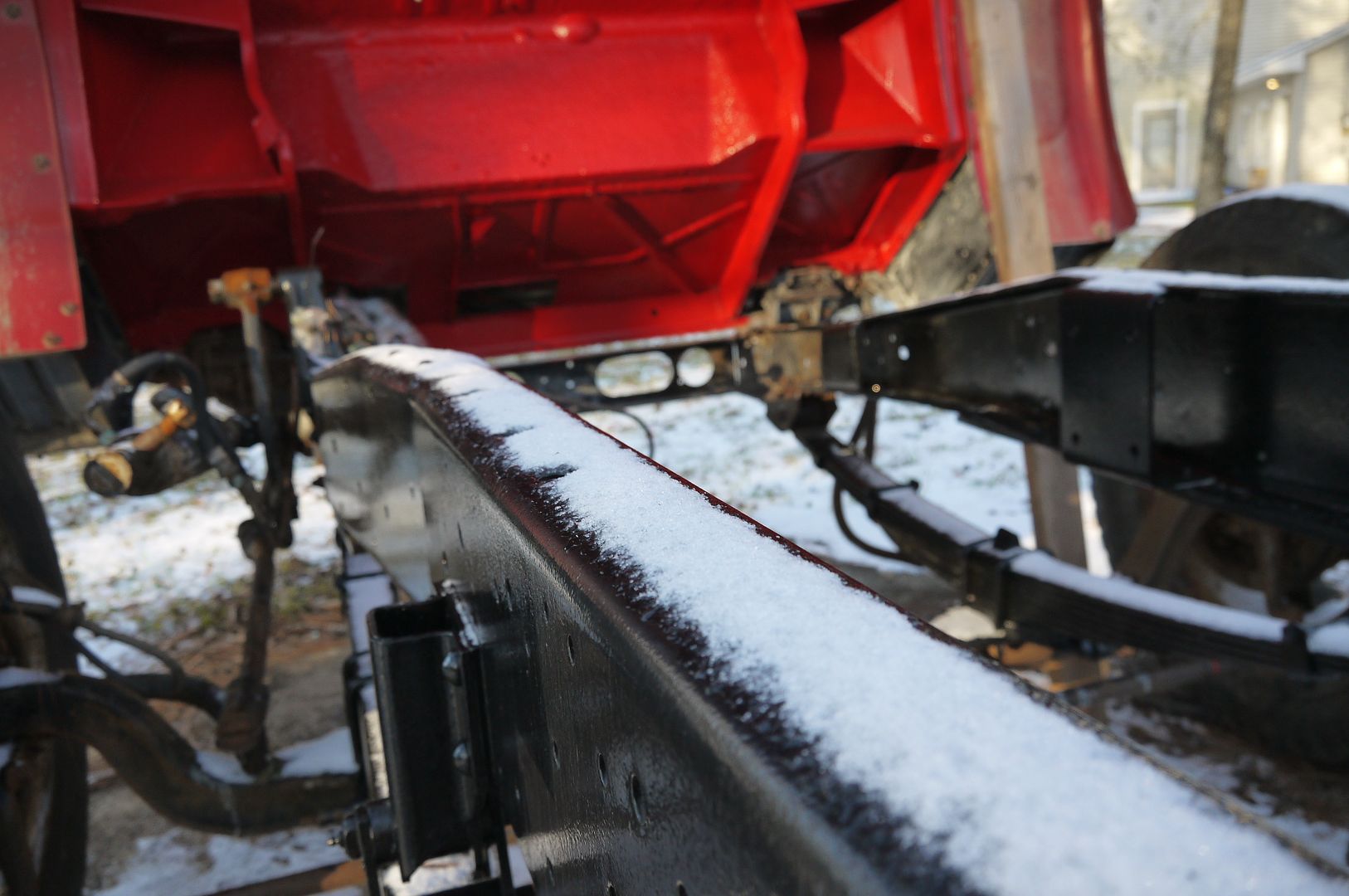
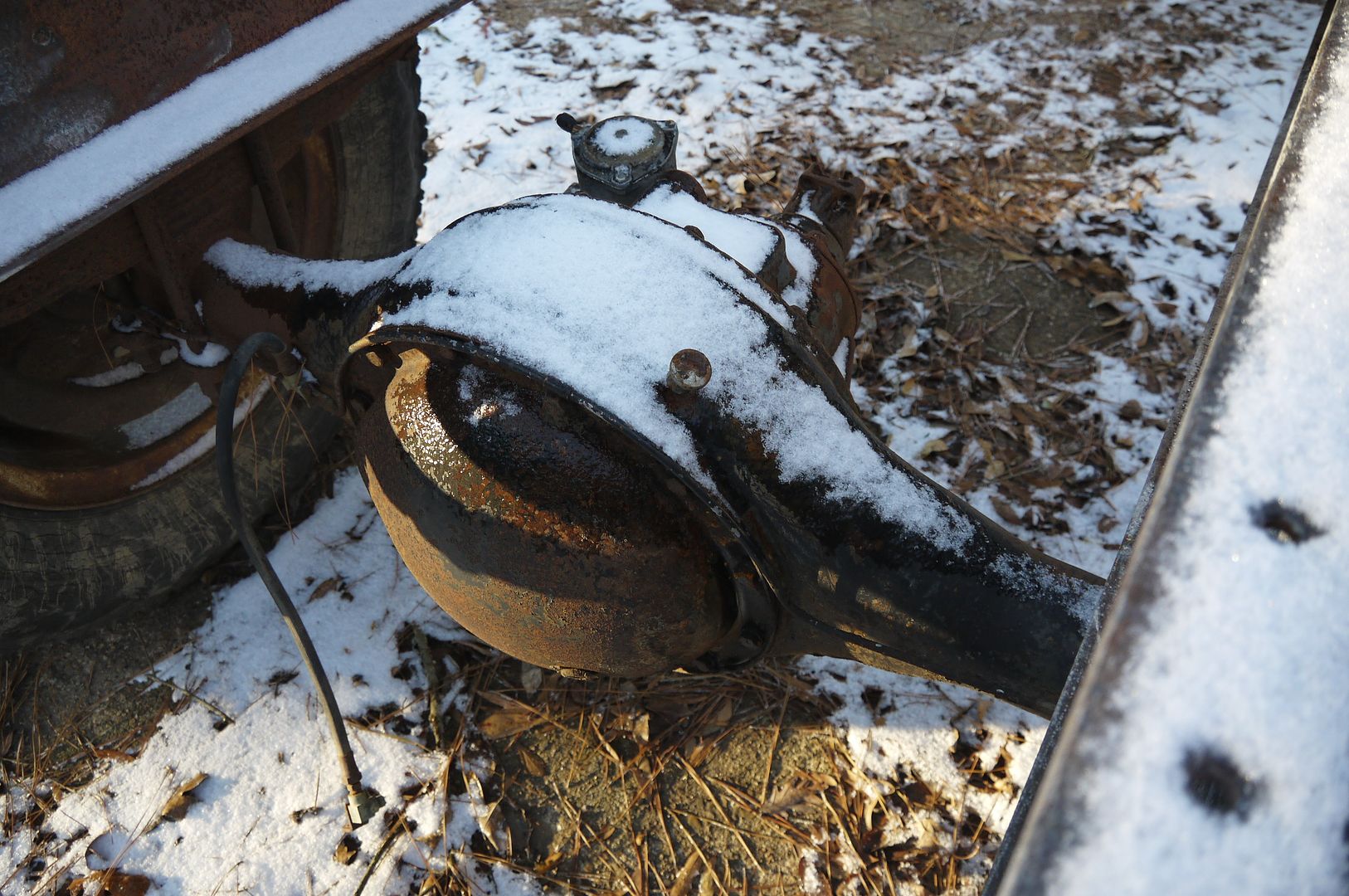
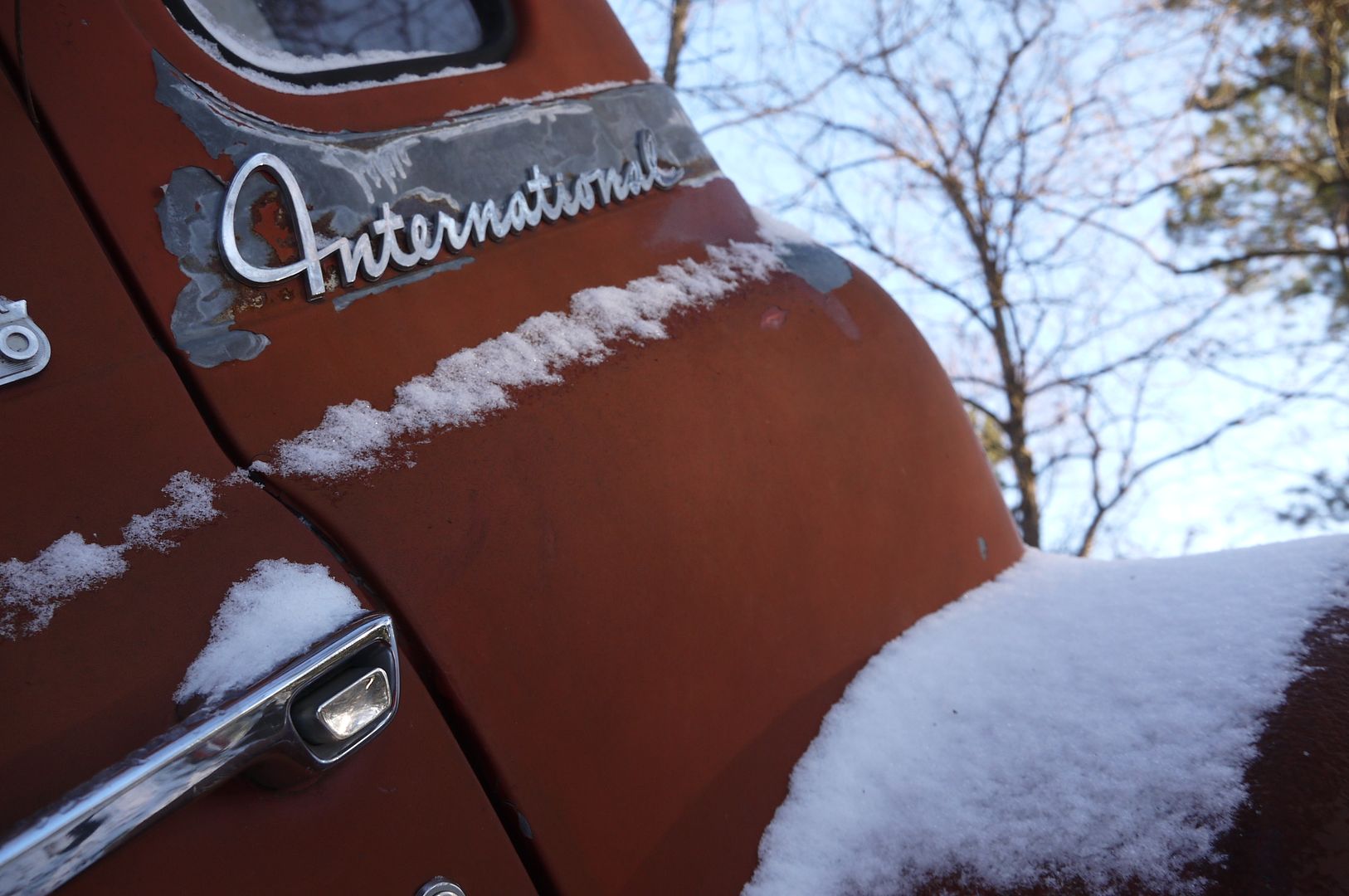
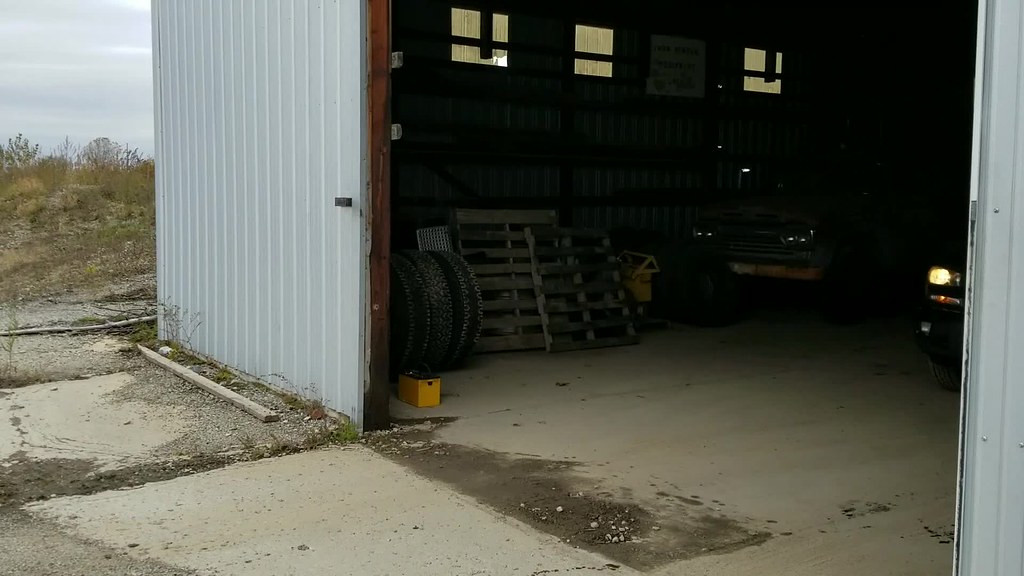
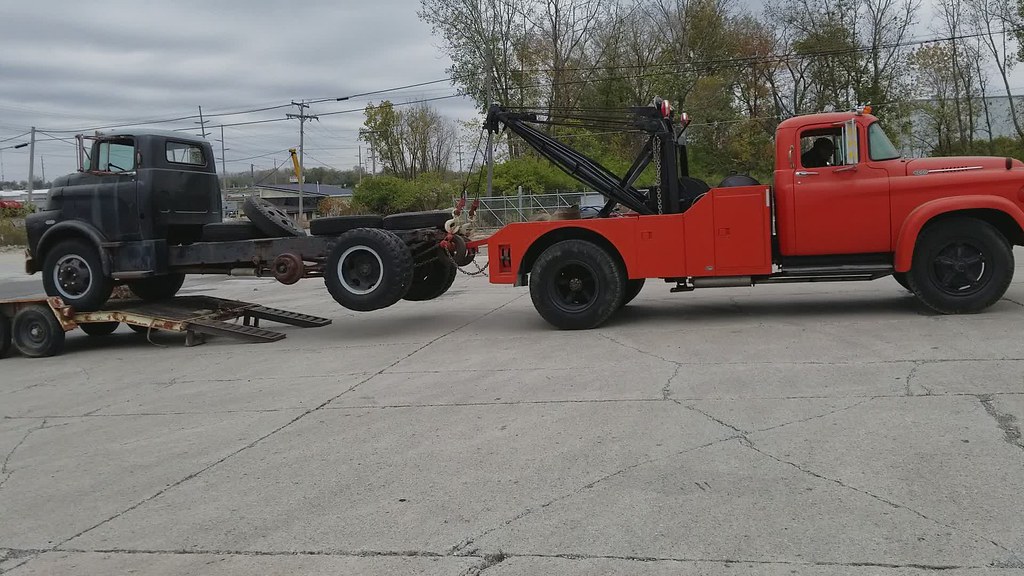


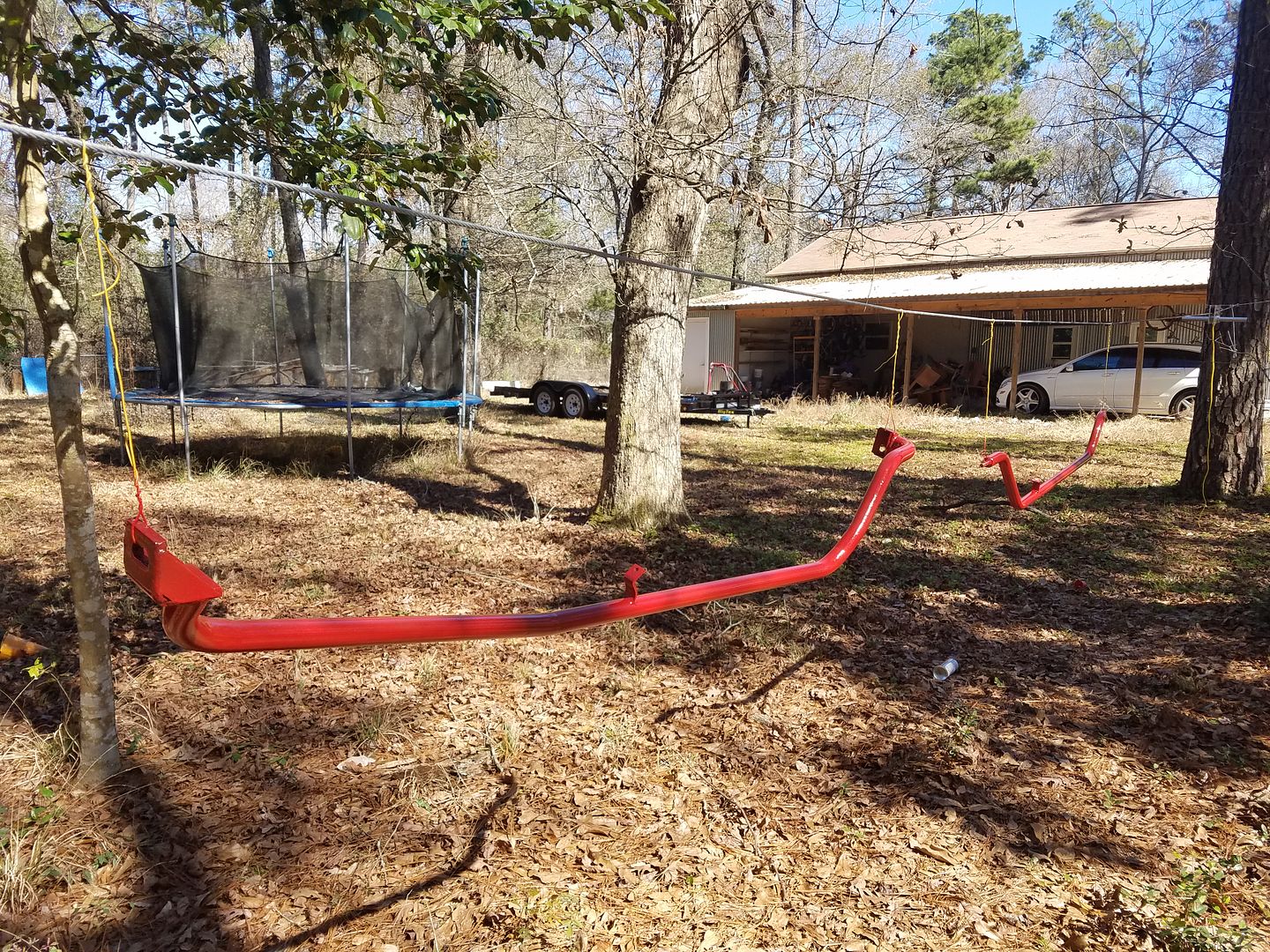
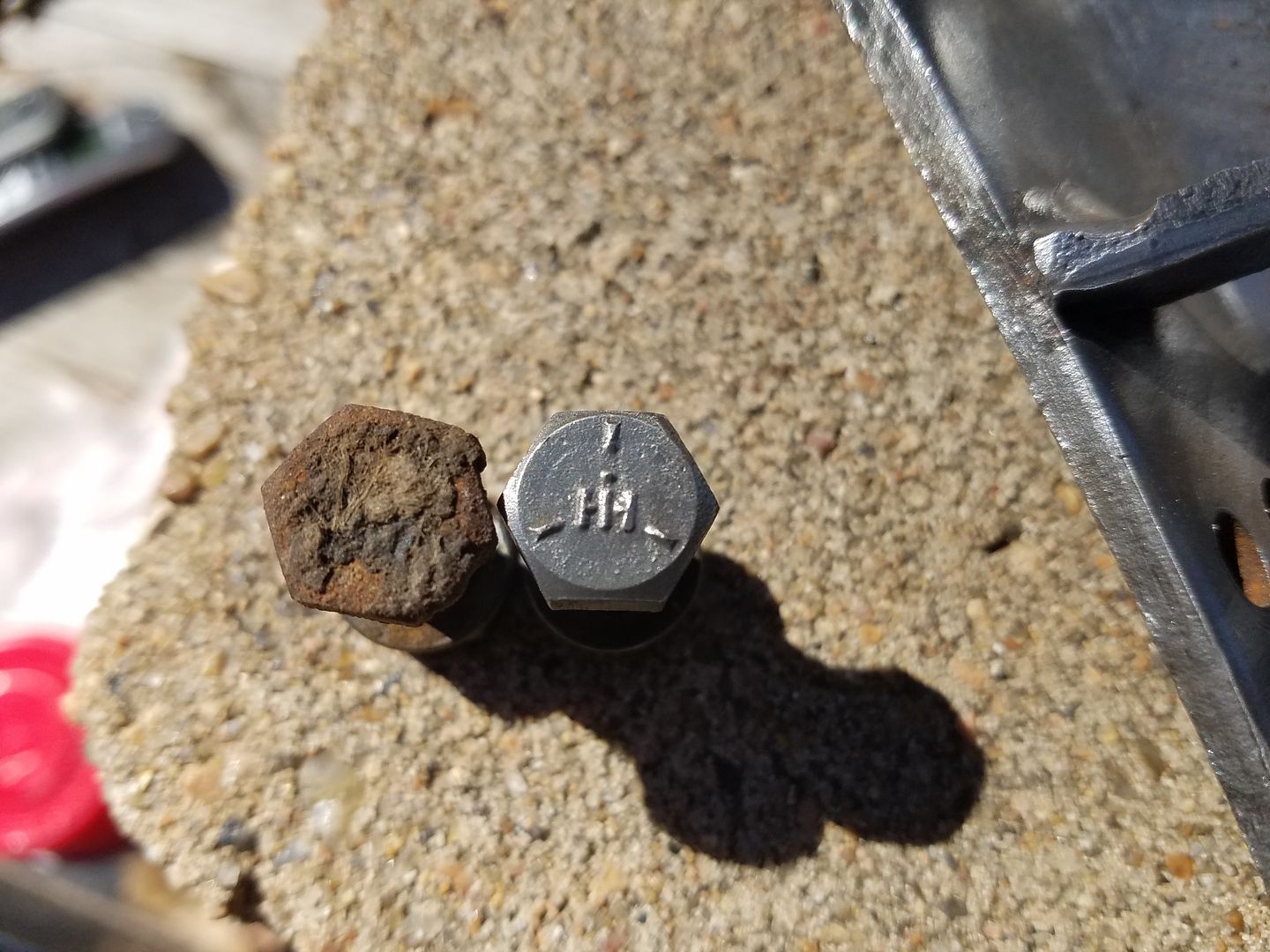
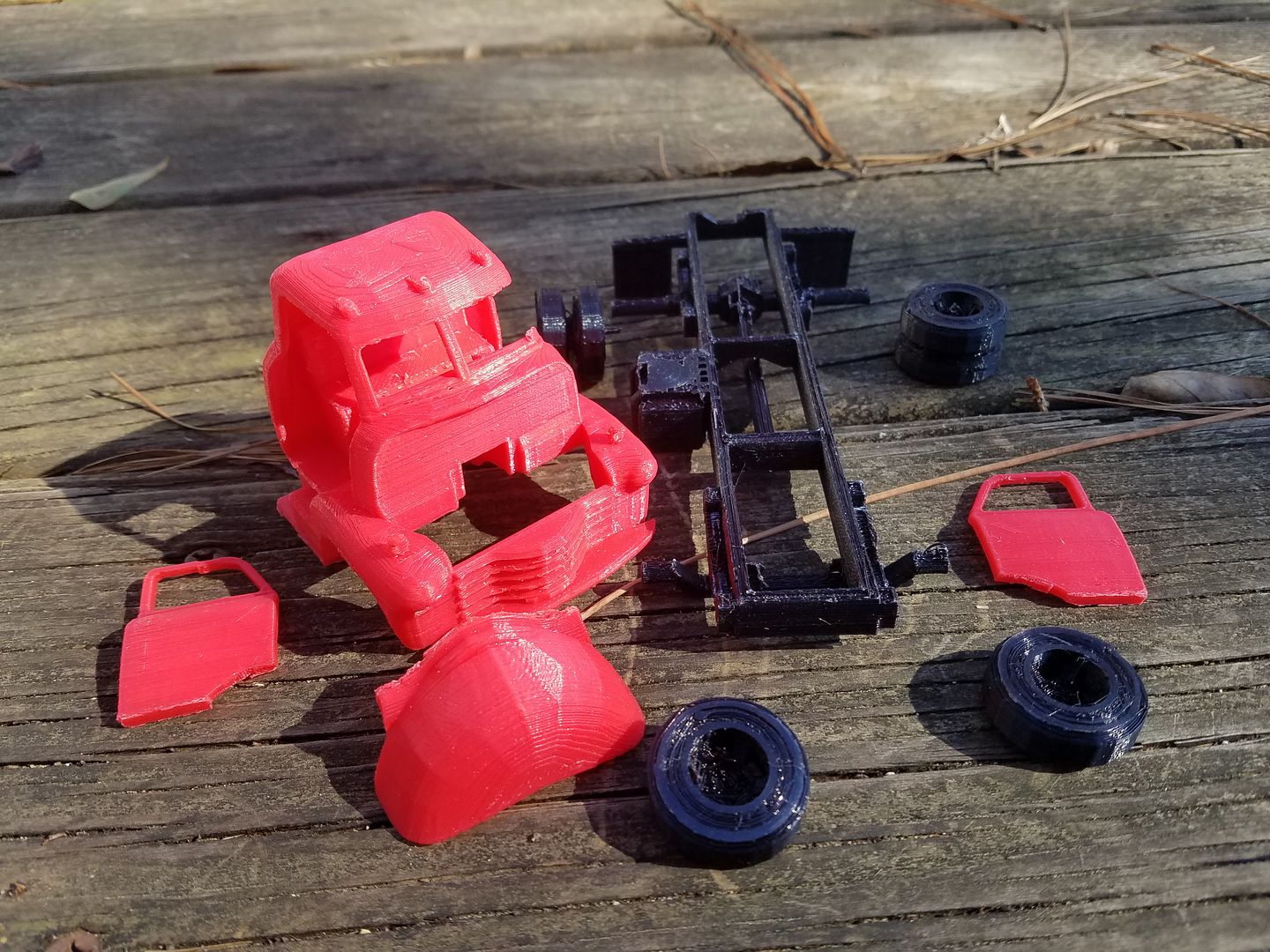


 Roughly R63 shaped. I got as far as getting the pattern cut out and primed, and deciding it just wasn't very nice looking.
Roughly R63 shaped. I got as far as getting the pattern cut out and primed, and deciding it just wasn't very nice looking. Some time went buy, and the plasma cutter arrived, So I thought I'd just cut it out of aluminum. That didn't work out at all, I can't even share pictures.
Some time went buy, and the plasma cutter arrived, So I thought I'd just cut it out of aluminum. That didn't work out at all, I can't even share pictures. 































